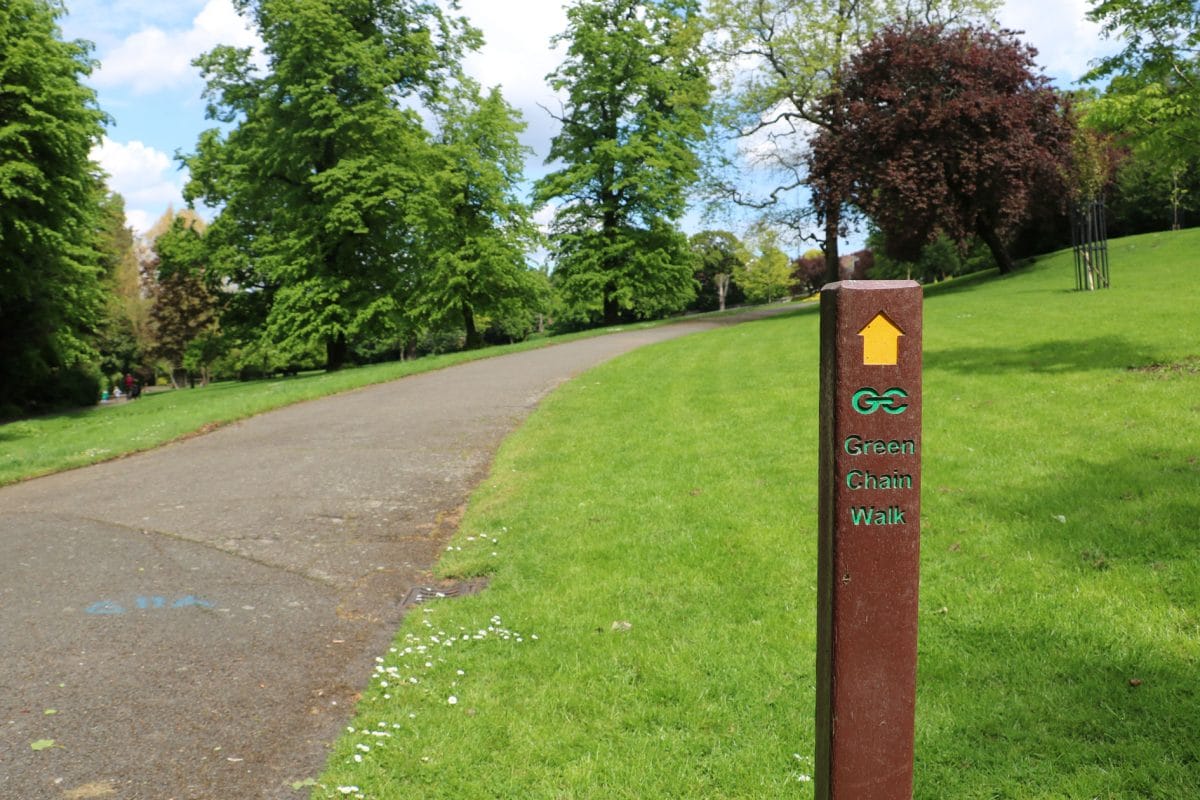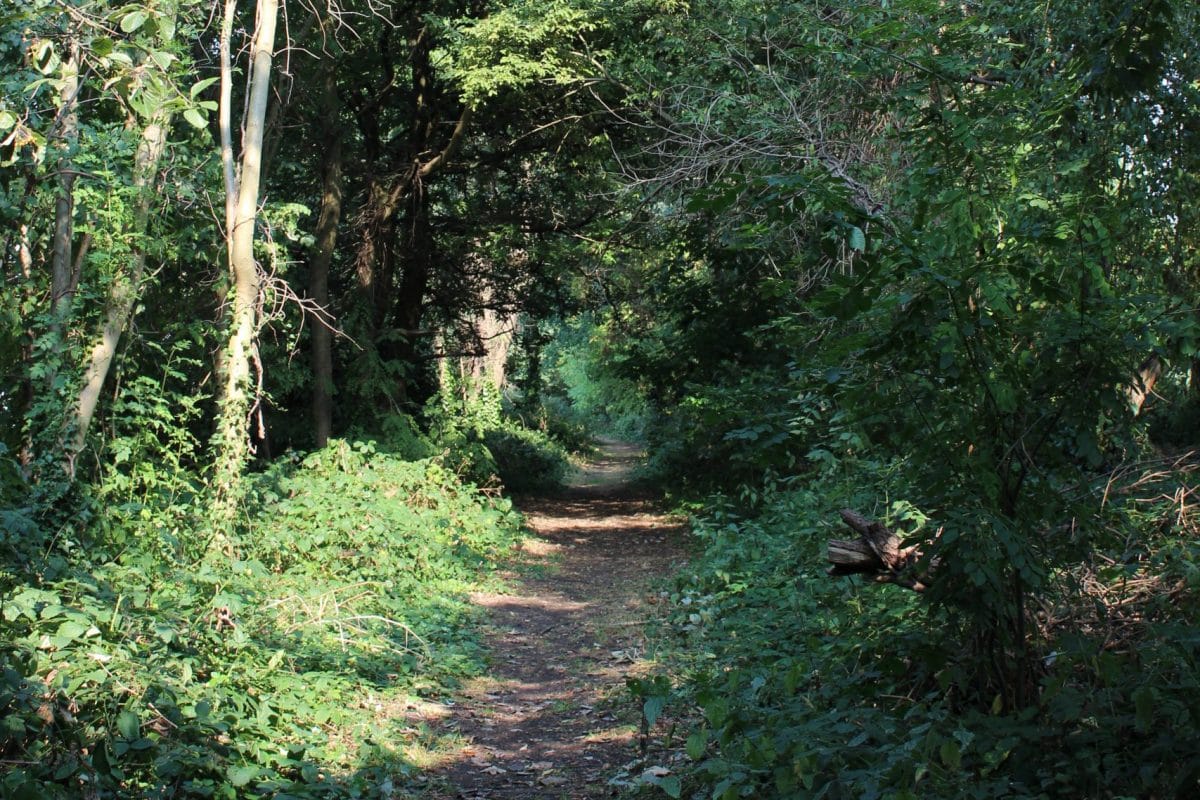To celebrate the Horniman Gardens receiving their 13th consecutive Green Flag Award, we’ve gathered together our 13 favourite facts about the Gardens.
The Horniman Gardens are one of a record-breaking 1,797 UK parks and green spaces in 2017 to receive the prestigious Green Flag award, the mark of a quality park or green space.
- Frederick Horniman first opened his garden to the public in 1895, and when he gave his new museum to the people in 1901, the gift included the ‘pleasure gardens’, intended as ‘a pleasant retreat for the visitors after an inspection of the collections themselves’.
- There have been many changes since then. Over the years there’s been a wishing chair, tennis courts, a water garden, a putting green, and of course the boating lake, the base of which remains at the bottom of Meadow Field.
- The Horniman’s Nature Trail is the oldest in London. It runs on the site of the Crystal Palace and South London Junction Railway which closed in 1954. The area was left untended until 1972, becoming a wild woodland. Now carefully managed, the Nature Trail has just received its ninth Green Flag Community Award.
- Two trees were planted in the Gardens in 1937 to commemorate King George VI’s coronation, as noted in the Royal Record of Tree Planting from the time (page 247). See if you can spot the Purple Beech and Double White Flowering Cherry next time you visit.
- Our current tree-planting programme includes rare and endangered trees. The Wollemi Pine in the Prehistoric Garden and a recently planted Sapphire Dragon Tree are both Critically Endangered species.
- The Gardens are also home to other declining or protected species of plants and wildlife – look up and see if you can spot some mistletoe, or down to keep an eye out for stag beetles (be sure to record any sightings).
- An ecological survey of the Library building’s green roof recorded 52 insect species living there, including a rare type of ant and other unusual species. We also have a living roof on our Pavilion. And, no, we don’t mow them!
- 97% of our Gardens’ waste is turned into compost on site, and reused for soil improving and mulching. Food waste from the Horniman Café is also composted and used in the Gardens as a liquid fertiliser. Yum.
- 16 acres can take a lot of watering in hot weather – but 187,000 litres of waste water from the Aquarium’s water filters are reused in the Gardens each year. It has too many impurities for sensitive fish and corals but is perfect for plants.
- The formal planting in the Sunken Gardens is changed twice a year, for spring and summer. A spring design, by Apprentice Gardener Ian, featured more than 5,000 salvias, marigolds, cinerarias and cannas, and took the Gardens team seven days to prepare and plant out.
- The Tea Clipper Rose was created by David Austin for the Horniman in 2006 to mark the centenary of founder Frederick Horniman’s death. Named for his tea-trading heritage, you can see these apricot-coloured blooms beside the sundial overlooking the Sunken Garden.
- The Butterfly House contains more than 500 plants. This tropical environment provides a habitat, food for caterpillars and nectar for hundreds of free-flying butterflies.
- The Grasslands Garden features over 5,000 perennials from North America and South Africa, most of them from seed in the Horniman nursery.

The Gardens are part of the Green Chain Walk

Learn all about people and prairies

Our stunning spring bedding display in the Sunken Gardens from 2019

Autumn colours in the Grasslands Garden coming through - green, pink, yellow, red and brown



